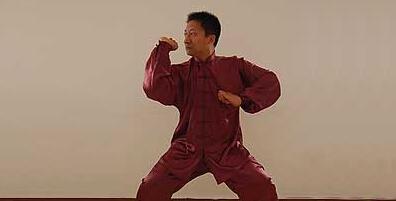
Baji Features
-
Min Order
1
-
Product Unit
Pieces
-
Origin
China Mainland
-
Payment


- Contact Now Start Order
- Favorites Share
- Description
Product Detail
Equipped with a good study and train baji features school in China, it is one of the good Chinese martial arts baji features masters. If you want to get kaimen baji features, baji specialities training, we must be your best choice.
Features
Tactics and strategy
Baji quan opens the opponent's arms forcibly (qiang kai men ???) and mount attacks at high, mid, and low levels of the body(san pan lian ji ????). It is most useful in close combat, as it focuses on elbow, knee, shoulder and hip strikes. When blocking an attack or nearing an opponent, baji quan techniques emphasize striking major points of vulnerability, namely the thorax (trunk of the body), legs and neck.
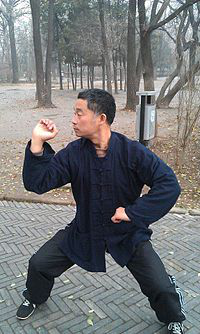
Zhou Jingxuan of Tianjin, holding a typical Baji Quan posture. The sideways-protruding elbow is often used for striking in this art.
The "six big ways of opening" (liu da kai ???) are:
Ding ?: using the fist, elbow or shoulder to push forward and upward.
Bao ?: putting arms together as if hugging someone. It is usually followed by Pi ? (splitting).
Ti ?: elevating the knee to hit the thigh of the opponent, or elevating the foot to hit the shin of the opponent, etc.
Dan ?: using a single move.
Kua ?: using the hip.
Chan ?: entanglement with rotation around the wrist, elbow and shoulder.
Stepping and body methods
Footwork in baji quan has three special features:
Zhen Jiao
Nian Bu
Chuang Bu
These striking techniques are related to traditional Chinese medicine, which states that all parts of the body are connected, either physically or spiritually.
Power generation and expression
The major features of baji include elbow strikes, arm/fist punches, hip checks and strikes with the shoulder. All techniques are executed with a short power, developed through training; among Chinese martial artists, baji is known for its fast movements. Baji focuses on infighting, entering from a longer range with a distinctive charging step (zhen jiao).
The essence of baji quan lies in jin, or power-issuing methods, particularly fa jing (explosive power). The style contains six types of jin, eight different ways to hit and several principles of power usage. Most of baji quan's moves utilize a one-hit push-strike method from very close range. The bulk of the damage is dealt through the momentary acceleration that travels up from the waist to the limb and further magnified by the charging step known as zhen jiao.
The mechanics of jin are developed through many years of practice and baji quan is known for its strenuous lower-body training and its emphasis on thehorse stance.[1] Its horse stance is higher than that of typical Long Fist styles. Like other styles, there is also "the arrow-bow stance", "the one-leg stance", "the empty stance" (xubù ??), "the drop stance" (pubù ??), etc. There are eight different hand poses, in addition to different types of breathing and zhen jiao.
The six Major Characteristic Powers are:
Sinking (Xia Chen ?? or Chen Zhui ??)
Thrusting (Chong ?)
Extending (Cheng ?)
Entangling (Chan ?)
Cross (Shi Zi ??)
Inch (Cun ?)
-
Tape Sealer
US $5.57-17.17 / Price
1 Pieces / (Min. Order) -
M525 Treasure
US $9.43-12.28 / Price
1 Pieces / (Min. Order) -
W-Type Mixer Series
US $6.1-13.52 / Price
1 Pieces / (Min. Order) - XD Type Multibarrel 1 Pieces / (Min. Order)
- Tape Gaskets 1 Pieces / (Min. Order)
- Made To Measure Men Suit 1 Pieces / (Min. Order)
- Teaspoon Measuring Cup 1 Pieces / (Min. Order)
- Teaspoon Measuring Set 1 Pieces / (Min. Order)
- Made to Measure Zebra Blinds 1 Pieces / (Min. Order)
- Triple Metal Bunk Bed 1 Pieces / (Min. Order)
- Back Strength Measurer 1 Pieces / (Min. Order)
- Vape Pens For Wax 1 Pieces / (Min. Order)
- BMI Rolling Tape Measure 1 Pieces / (Min. Order)
- CMM Measurement 1 Pieces / (Min. Order)
 Menu
Menu


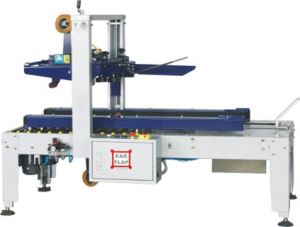
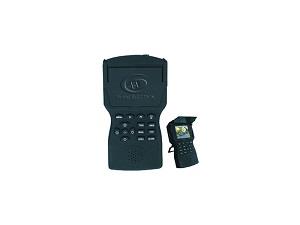
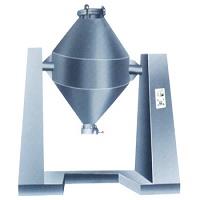
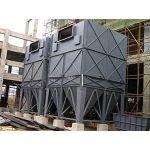
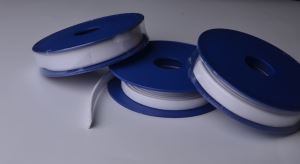

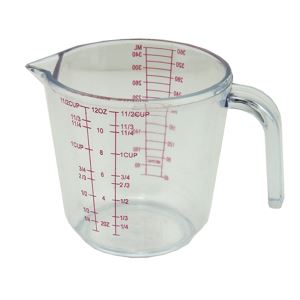
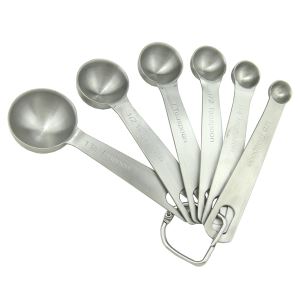

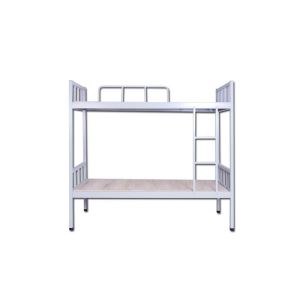


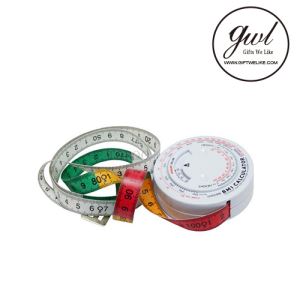
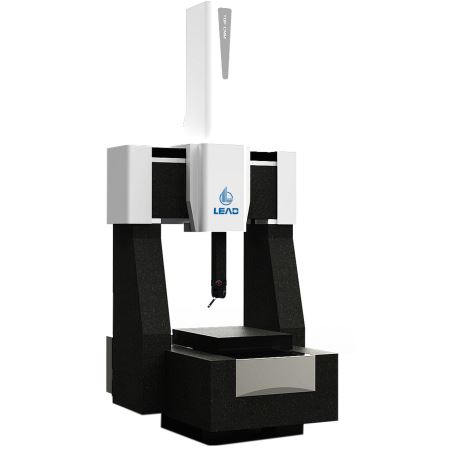
 Favorites
Favorites
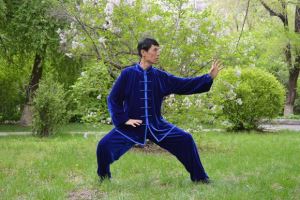
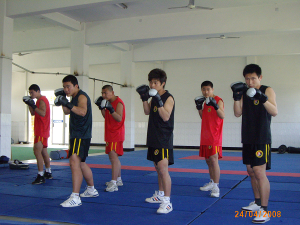
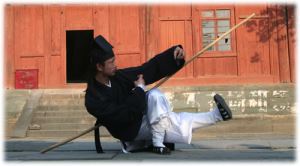
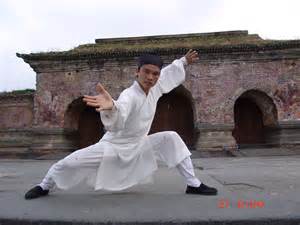
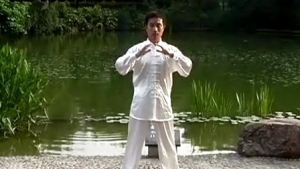
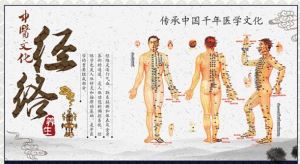
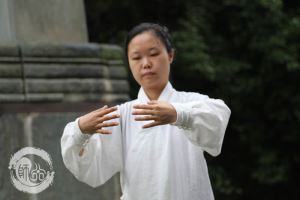

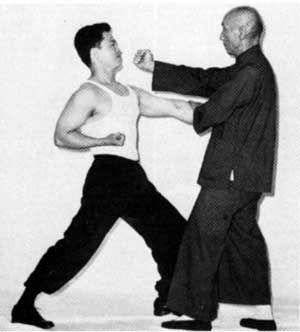
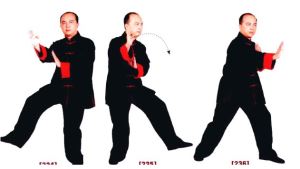
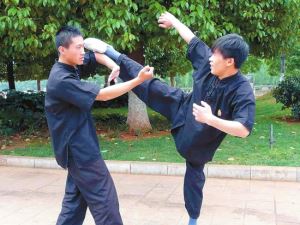
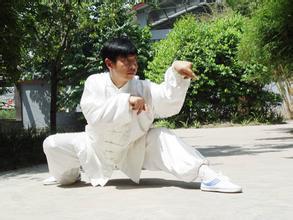
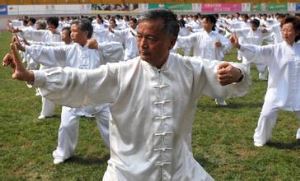
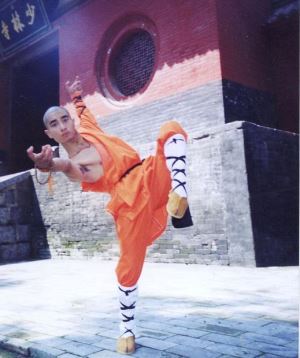
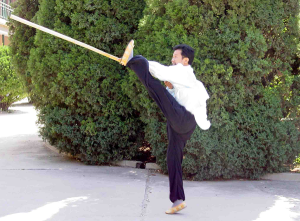
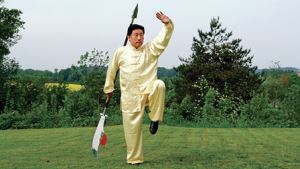
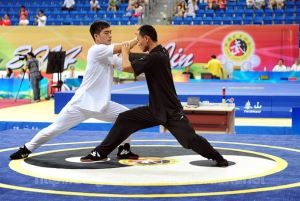
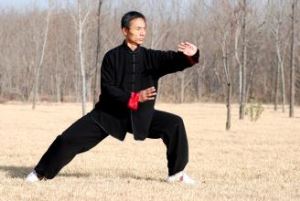
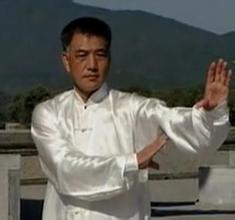
 Frequent updates ensuring high quality data
Frequent updates ensuring high quality data
 Over 5000 customers trust us to help grow their business!
Over 5000 customers trust us to help grow their business!


 Menu
Menu